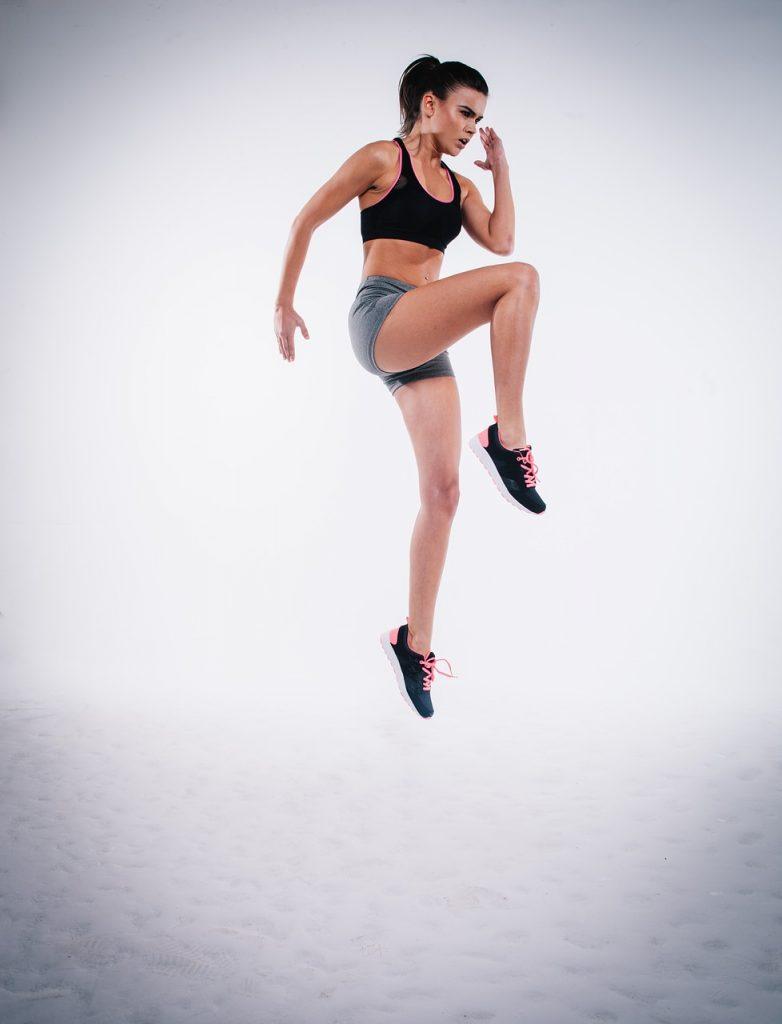Warm Up Wisdom
4 minutes – 822 words
Why Warm Up?
If you’re short on time, you may feel tempted to skip a warm up and jump right into your workout. But doing so can increase your risk of injury, and put more strain on your muscles. We see many people with fully preventable injuries if only they had not skipped their warm up!
If you don’t have enough time to warm up, then you don’t have enough time to work out.
When preparing for any kind of exercise, whether it’s a cardio workout, strength training, or a team sport, it’s important to take a few minutes to ease your muscles into exercise mode. Doing so can help you reap many fitness rewards.
Here’s a look at the benefits of warming up and examples of warm up exercises that you can try before kicking your workout into high gear.

Warm up exercises can help get your body ready for more strenuous activity and make it easier to exercise. Some of the most important benefits of a warm up include:
- Increased flexibility. Being more flexible can make it easier to move and exercise correctly.
- Lower risk of injury. Warming up your muscles can help them relax which, in turn, can lead to a lower chance of injury.
- Increased blood flow and oxygen. Having more blood flow helps your muscles get the nourishment they need before launching into more intense work.
- Improved performance. Studies show that warmed up muscles can help you work out more effectively.
- Better range of motion. Having greater range of motion can help you move your joints more fully.
- Less muscle tension and pain. Muscles that are warm and relaxed may help you move more easily and with less pain or stiffness.
What Sort of Warm Up?
We know that warming up is important and what benefits we get from a good warm up, but what is a good warm up, and how long should it last?
The answer to the second question is that, for most people and exercise types, a warm up should last for about 5 to 10 minutes. This is not a concrete rule, you should increase the length of your warm up with the intensity of the exercise you plan to do. For example, a professional power lifter might warm up for more than double this time!
Many people stretch as part of a warm up. While flexibility is definitely an important aspect of fitness, lots of static stretching at the beginning of a work out is not necessarily the best. We want our muscles to be turned on and ready to go, not relaxed and slack! So save your static stretching for the end.
A dynamic warm up is far superior when it comes to preparing the body for exercise. It’s designed to prime your body to work at a higher intensity.
A dynamic warm up focuses on movements that gently activate important muscle groups while working some of the stiffness out of the muscles. It will also get the heart pumping and the blood flowing. Actions similar to the movements you’ll do while you work out can follow. For instance, you can do movement-based stretching like lunges or squats, or light movements like riding a bicycle or jogging.
Dynamic warm ups can help build strength, mobility, and coordination, which can all help improve your workout performance.Dynamic warm ups can help build strength, mobility, and coordination, which can all help improve your workout performance.
A good indicator that you are warmed up is that your breathing rate and heart rate have increased moderately and you have broken out into a light sweat. If you are sweating and panting within a couple of minutes then your warm up might be too intense for your current fitness level.
Twist, Jog, or JUmp?
So what should you do as part of your warm up? The answer is not as complicated as some may think. Keep it simple and make it varied. As long as you gently work your whole body and increase your heart rate and core temperature then you are doing well!
Remember, we want to get your muscles working through range and against gentle resistance while getting your heart rate up a little. This video gives a good example of a basic warm up.

After your general warm up, you should then gently start your planned exercise. Remember, the first few minutes of your exercise form part of your warm up as your body is getting used to these specific movements.
The Bottom Line
Although often overlooked, warm up exercises are an important part of any exercise routine. Your body needs some kind of activity to get your muscles warmed up before you launch into your workout.
Warming up can help boost your flexibility and athletic performance, and also reduce your chance of injury.
You can either do slower versions of the movements you’ll be doing during your workout, or you can try a variety of warm up exercises, like the ones suggested above.
If you’re new to fitness, have a medical condition, or have any other questions or concerns, then our team is always on hand to help you in planning your best exercise program.

